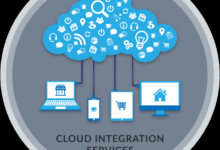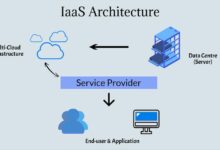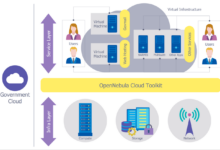Cloud Networking for Large Enterprises: Scaling, Security, and Agility for the Modern Workforce
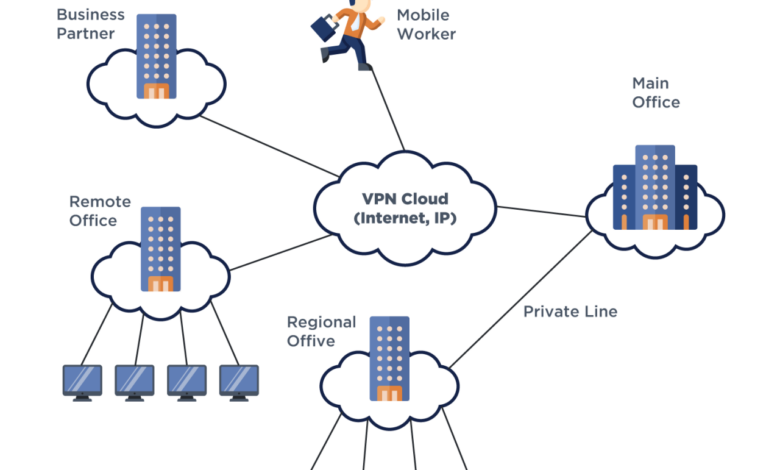
Cloud networking for large enterprises – Cloud networking has emerged as a game-changer for large enterprises, transforming the way they connect, scale, and secure their operations. This comprehensive guide delves into the intricacies of cloud networking, empowering you to harness its full potential and drive your enterprise towards success.
From understanding the fundamental concepts to implementing best practices, this guide will equip you with the knowledge and strategies to navigate the complexities of cloud networking. Discover how to optimize performance, enhance security, and gain the agility needed to thrive in today’s rapidly evolving business landscape.
Cloud Networking Overview
Cloud networking refers to the delivery of networking services, such as virtual networks, firewalls, and load balancers, through a cloud computing platform. It offers several benefits for large enterprises, including improved agility, scalability, cost efficiency, and enhanced security.
There are various types of cloud networking services available, each tailored to specific enterprise needs. These include:
- Virtual Private Cloud (VPC):A private, isolated network within a public cloud, providing a secure environment for enterprise workloads.
- Software-Defined Networking (SDN):A programmable network that allows enterprises to manage and control their network infrastructure through software, enabling greater flexibility and automation.
- Network Function Virtualization (NFV):A technology that virtualizes network functions, such as firewalls and routers, allowing enterprises to deploy and manage these functions as software applications, improving agility and reducing costs.
Key Considerations for Choosing a Cloud Networking Provider
When selecting a cloud networking provider, enterprises should consider the following key factors:
- Service offerings:Evaluate the provider’s portfolio of networking services to ensure they align with enterprise requirements.
- Scalability and performance:Assess the provider’s ability to handle enterprise workloads and ensure network performance meets business needs.
- Security:Evaluate the provider’s security measures and compliance certifications to ensure the protection of enterprise data and applications.
- Cost:Consider the pricing models and cost implications of different cloud networking services to optimize budget allocation.
- Support and expertise:Evaluate the provider’s technical support and customer service capabilities to ensure timely and effective assistance.
Network Architecture for Large Enterprises

Large enterprises typically have complex network architectures that consist of multiple layers, including the core network, distribution network, and access network. The core network forms the backbone of the enterprise network and is responsible for interconnecting different parts of the network.
The distribution network connects the core network to the access network and provides redundancy and load balancing. The access network provides connectivity to end-user devices such as computers, laptops, and smartphones.In addition to the physical network infrastructure, large enterprises also have a robust security architecture in place to protect their networks from unauthorized access and cyber threats.
This security architecture typically includes firewalls, intrusion detection and prevention systems (IDS/IPS), and virtual private networks (VPNs).
Security Considerations
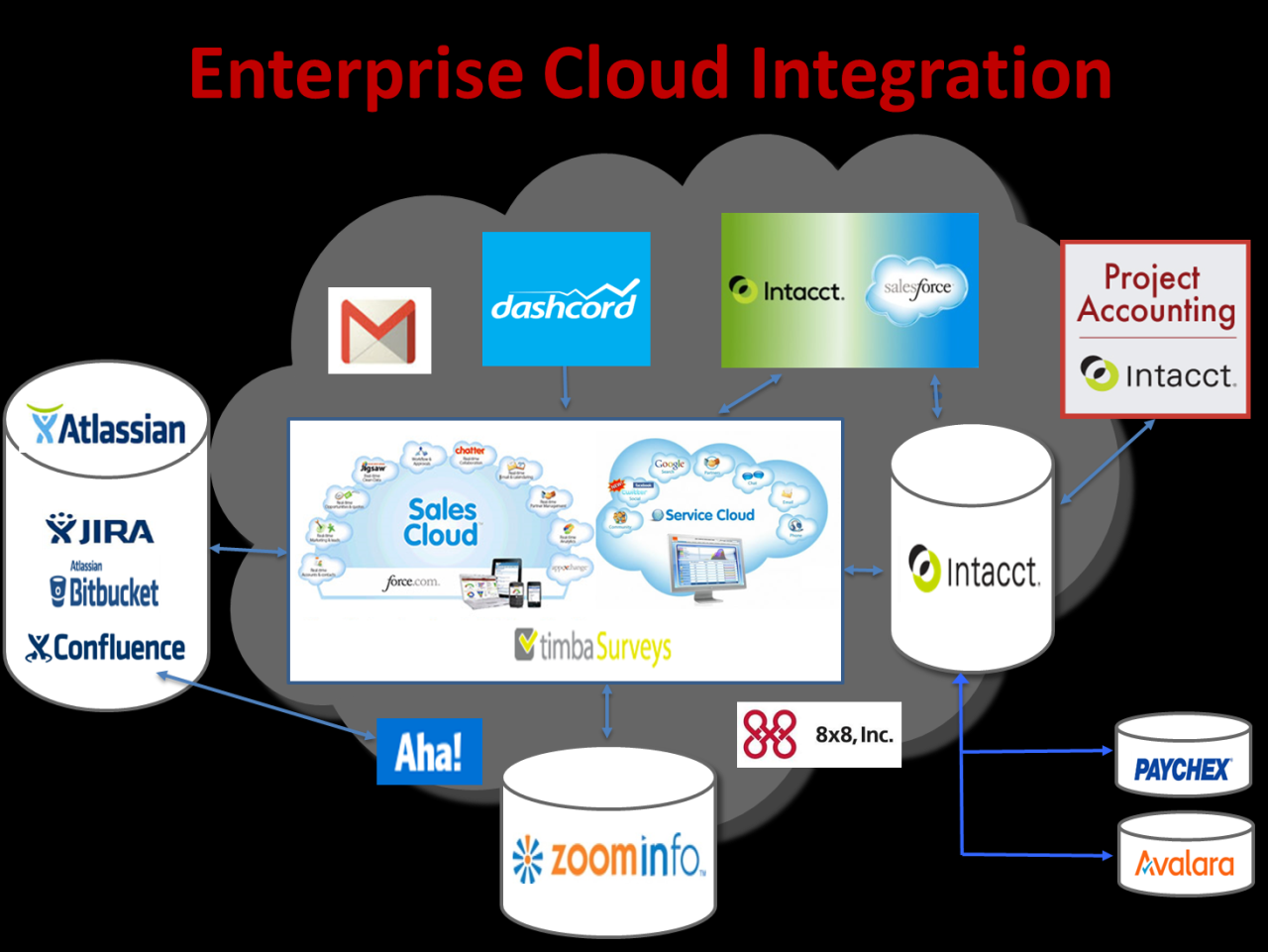
Cloud networking introduces various security risks that enterprises must address to protect their networks and data. Understanding these risks and implementing appropriate security measures is crucial for ensuring the integrity and confidentiality of cloud-based systems.
One of the primary security risks associated with cloud networking is the potential for unauthorized access to data and resources. Cloud networks are accessible over the internet, which makes them vulnerable to attacks from malicious actors. Hackers may attempt to exploit vulnerabilities in cloud platforms or applications to gain access to sensitive information, such as customer data, financial records, or intellectual property.
Security Measures
To mitigate these risks, enterprises can implement various security measures, including:
- Network Segmentation:Dividing the cloud network into smaller, isolated segments can limit the potential impact of a security breach. By restricting access to specific resources and services within each segment, enterprises can minimize the risk of unauthorized access.
- Encryption:Encrypting data both at rest and in transit ensures that it remains confidential, even if it is intercepted by malicious actors. Enterprises should use strong encryption algorithms and protocols to protect sensitive data.
- Access Control:Implementing robust access control mechanisms, such as role-based access control (RBAC), can restrict access to cloud resources based on user roles and permissions. This helps prevent unauthorized individuals from accessing sensitive data or making unauthorized changes to the network.
- Intrusion Detection and Prevention Systems (IDS/IPS):IDS/IPS can monitor network traffic for suspicious activity and alert administrators to potential threats. These systems can help detect and block attacks in real-time, preventing them from causing damage to the network.
Role of Cloud Security Providers
Cloud security providers play a vital role in ensuring the security of cloud networks. They offer a range of managed security services, such as:
- Security Monitoring:Cloud security providers can monitor cloud networks for suspicious activity and alert customers to potential threats. They can also provide insights into security events and help customers investigate and respond to incidents.
- Vulnerability Management:Cloud security providers can help customers identify and patch vulnerabilities in their cloud environments. They can also provide automated patching services to ensure that security updates are applied promptly.
- Threat Intelligence:Cloud security providers can provide customers with access to threat intelligence, which can help them stay informed about the latest security threats and trends. This information can be used to improve security defenses and mitigate risks.
By leveraging the expertise and services of cloud security providers, enterprises can significantly enhance the security of their cloud networks and protect their data and resources from cyber threats.
Performance and Scalability
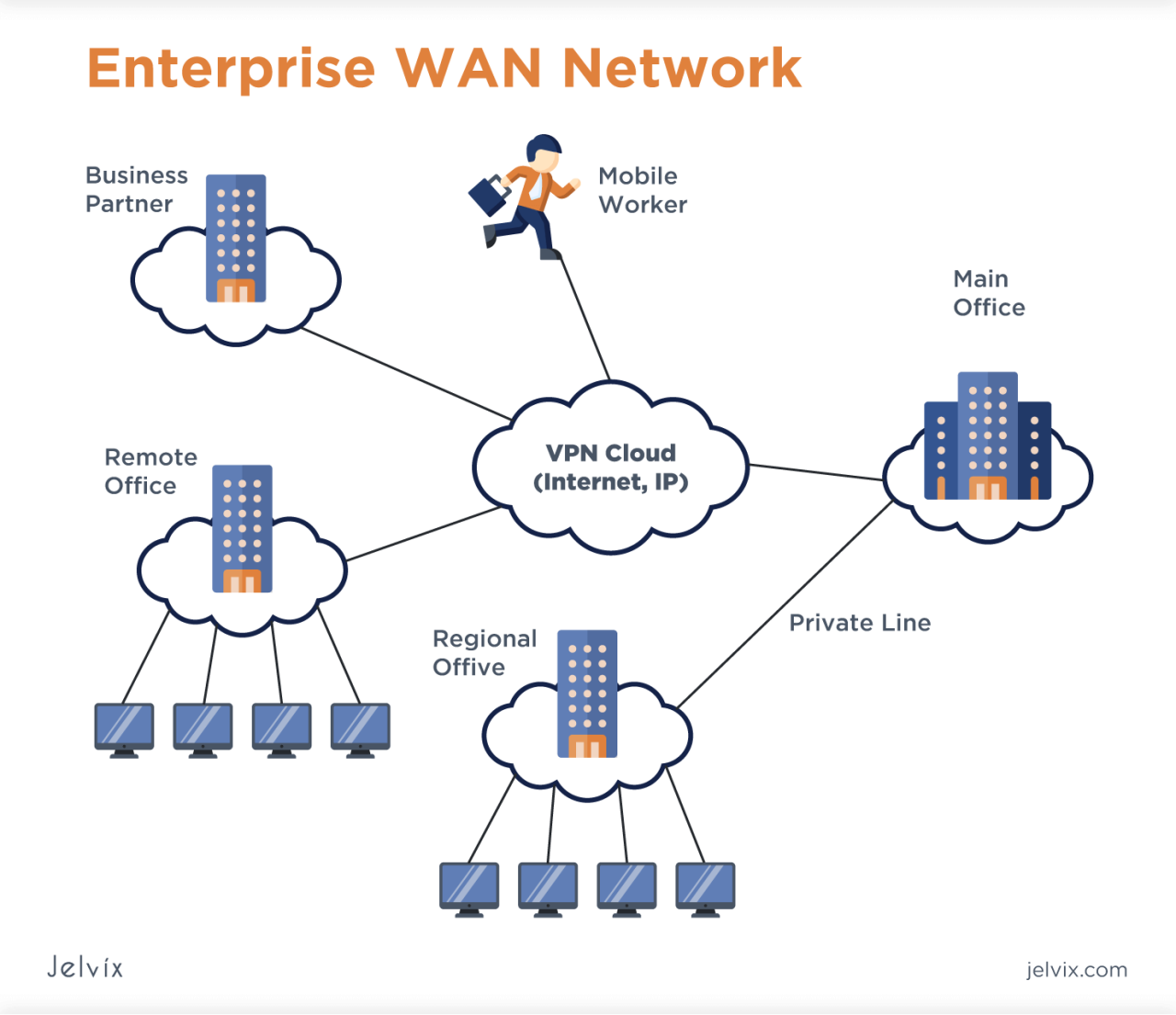
Cloud networking offers exceptional performance and scalability, meeting the demands of large enterprises. Performance factors like latency, throughput, and packet loss are meticulously managed through network optimization techniques, traffic engineering, and load balancing.
Scalability Requirements
Large enterprises require scalable networks that can accommodate a vast number of users, applications, and devices. Cloud networking seamlessly adapts to these demands, providing a flexible infrastructure that can expand or contract as needed.
| Factor | Impact |
|---|---|
| Latency | Delays in data transmission |
| Throughput | Amount of data transferred per unit time |
| Packet Loss | Loss of data packets during transmission |
Importance of Performance and Scalability
“Performance and scalability are paramount in cloud networking. They ensure seamless connectivity, responsiveness, and the ability to handle growing demands without compromising performance.”
Industry Expert
Role of AI and ML, Cloud networking for large enterprises
Artificial intelligence (AI) and machine learning (ML) play a pivotal role in enhancing performance and scalability. AI algorithms optimize network configurations, predict traffic patterns, and automate load balancing, resulting in improved efficiency and reduced latency.
Case Study: Performance and Scalability Success
XYZ Corporation, a multinational enterprise, implemented cloud networking to address its performance and scalability challenges. The cloud-based infrastructure enabled them to scale their network rapidly, reducing latency by 40% and increasing throughput by 60%.
Conclusion: Cloud Networking For Large Enterprises
In the realm of cloud networking for large enterprises, the journey is not merely about adopting new technologies but about embracing a transformative mindset. By leveraging the insights and strategies Artikeld in this guide, you can unlock the full potential of cloud networking and empower your enterprise to soar to new heights of success.
